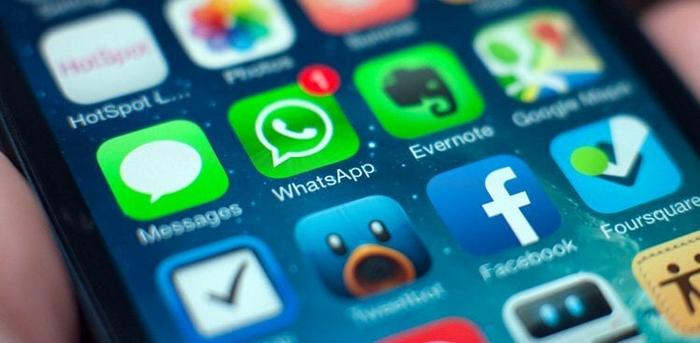
By now, you’ve probably heard that Facebook agreed to buy the messaging service WhatsApp for a whopping $19 billion. Which, if you’re curious, is the equivalent of 19 Instagram deals, 38 NBA teams, or a Starbucks coffee for every person on the planet.
Wondering why Facebook paid so much for a messaging startup? Frankly, so is everyone else. Facebook says that the acquisition “accelerates Facebook’s ability to bring connectivity and utility to the world,” which could mean a whole lot of things. But within the nonstop chatter in the social media world, a few likely theories have bubbled to the surface.
Here are the best of them, and what it means for you.
1. Global Reach
More than 450 million people use WhatsApp every month, and the mobile messaging service is adding more than 1 million new registered users every day.
But what’s most appealing for Facebook is not just WhatsApp’s enormous reach, it’s where those users are accessing the service. Facebook’s own messaging service, Facebook Messenger, is used mostly by people in the U.S., and as the company continues to look for opportunities to expand internationally (read: plots global domination), the deal provides a brilliant way to penetrate highly attractive international markets.
Check out the map below from our friends at TechCrunch for a breakdown of WhatsApp’s dominance in Europe and emerging markets, like Brazil. As you can see, Facebook Messenger is used by significantly less people in every region listed except for the U.S., Canada, New Zealand, and Japan.
2. User Engagement
A good 70% of the 450 million people using WhatsApp each month are actually active on any given day. The industry standard for user engagement? Somewhere between 10 and 20%.
As Facebook CEO Mark Zuckerberg said on a conference call this week, “WhatsApp is the only widely used app we’ve seen that has more engagement and a higher percentage of people using it daily than Facebook itself.”
Translation: If you can’t beat ’em, buy ’em.
3. Photos
PandoDaily suggests that the real reason behind the acquisition is to ensure Facebook continues to be the dominant social network, and to be the dominant social network, it has to “own” all the photos we’re sending and receiving.
And where are we sending and receiving the most photos? WhatsApp.
WhatsApp users are sending 500 million images a day, compared to 350 million photos a day on Facebook and 55 million a day on Instagram.
4. The Cool Factor
With the introduction of ads—and their parents!—on Facebook, 3 million teens have left Facebook in the last three years. So where are they going? Many are connecting with their friends on youth-heavy platforms like Instagram and Snapchat. They’re also building their own mini social networks through messaging services like—sensing a theme here?—WhatsApp.
So, what does this mean for you? For the time being, not much. Facebook says WhatsApp will operate independently and that it doesn’t have plans to merge Facebook Messenger with WhatsApp. But if Facebook wanted WhatsApp so badly it agreed to pay the equivalent of 13 million Macbook Pros for it, you better believe it’s worth keeping an eye on.